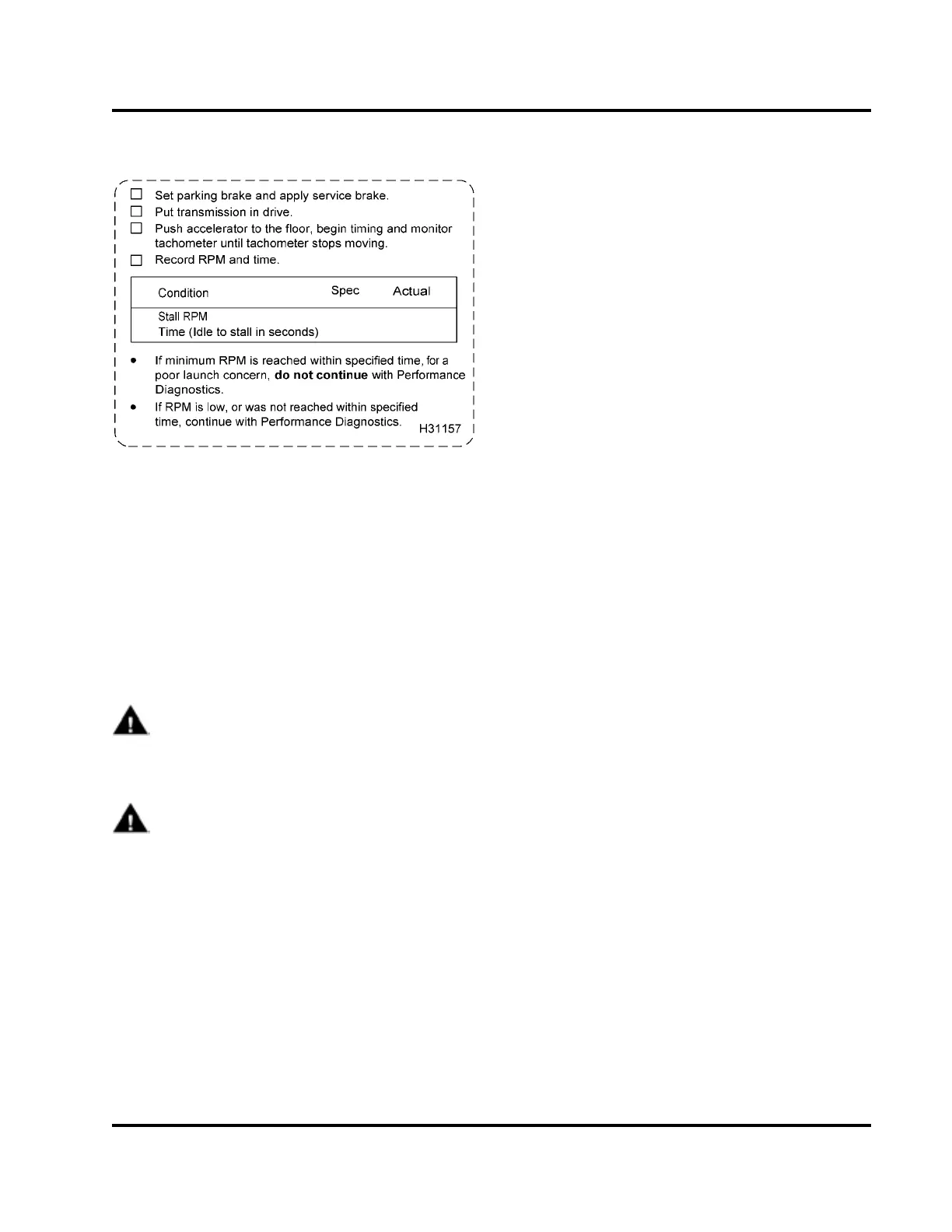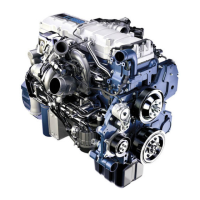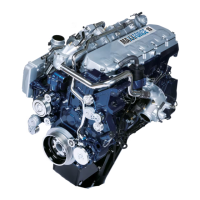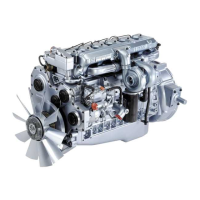6 PERFORMANCE DIAGNOSTICS 255
15. Torque Converter Stall (Automatic only)
Figure 332
Purpose
To determine if the engine develops specified stall rpm
within idle to stall time, when diagnosing a poor launch
concern
Tools
• None
Procedure
WARNING: To avoid serious personal injury,
possible death or damage to the engine or
vehicle, read all safety instructi on s in the “Safety
Information” section of this manual.
WARNING: To avoid serious personal injury,
possible death or damage to the engine or vehicle,
make sure brakes are correctly adjusted and in
good condition. This procedure should be done
in an open lot.
CAUTION: Avoid damage to the drive tra in. Do not
do this test for more than 10 seconds at a time or
more than twice back to back. (If doing twice – wait 2
minutes between tests.)
1. See “DT 466 Performance Specifications” –
Appendix A (page 595) and “DT 570 and HT 570
Performance Specifications” – Appendix B (page
619) for specifications and record on D iagnostic
Form.
2. Set parking brake and apply service brake.
3. Put tra ns mission in drive.
4. Press accelerator pedal fully to the floor, begin
timing and monitor TACH until TACH stops
moving.
5. Record stall RPM and idle to stall time on
Diagnostic Form.
• If minimum RPM is reached in the specified
time, with P erformance Diagnostics, for a
poor launch concern do not continue with
Performance D iagnostics.
• If RPM is low or not reached in the specified
time, continue Performance Diagnostics.
Possible Causes
• Intake leaks (hoses, clamps)
• Boost leaks
• Restricted intake or exhaust
• Exhaust leaks
• Low fuel pressure
•LowICP
• Control system faults
• Failed EGR control valve
• Inoperative fuel injectors
• Failed turbocharger
• Diamond Logic® engine brake malfunction
• BiasedBAP,EBP,ICPorMAPsensors
• Power cylinder condition
EGES-270-1
Read all safety instructions in the "Safety Information" section of this manual before doing any procedures.
Follow all warnings, cautions, and notes.
©August 2008 Navistar, Inc.

